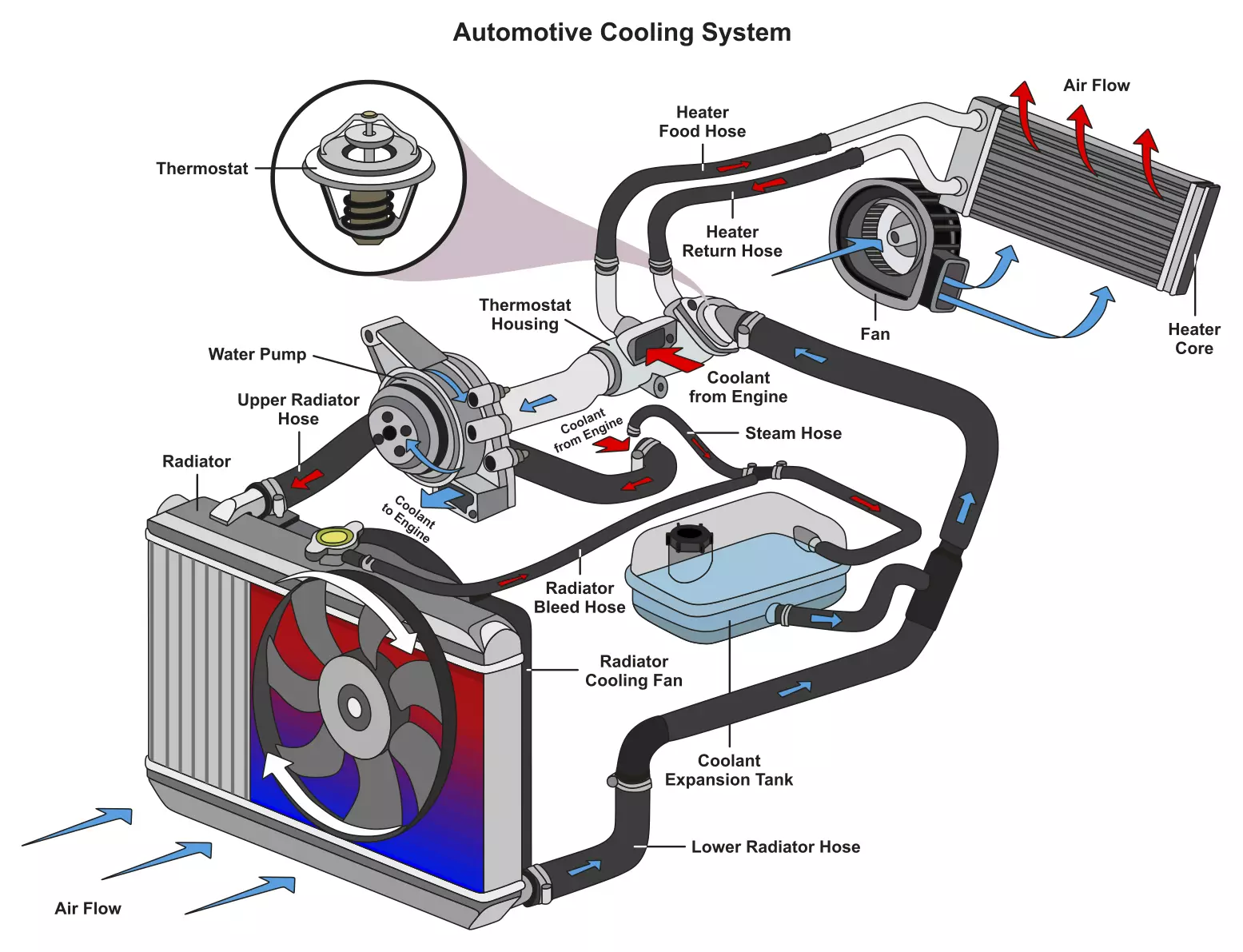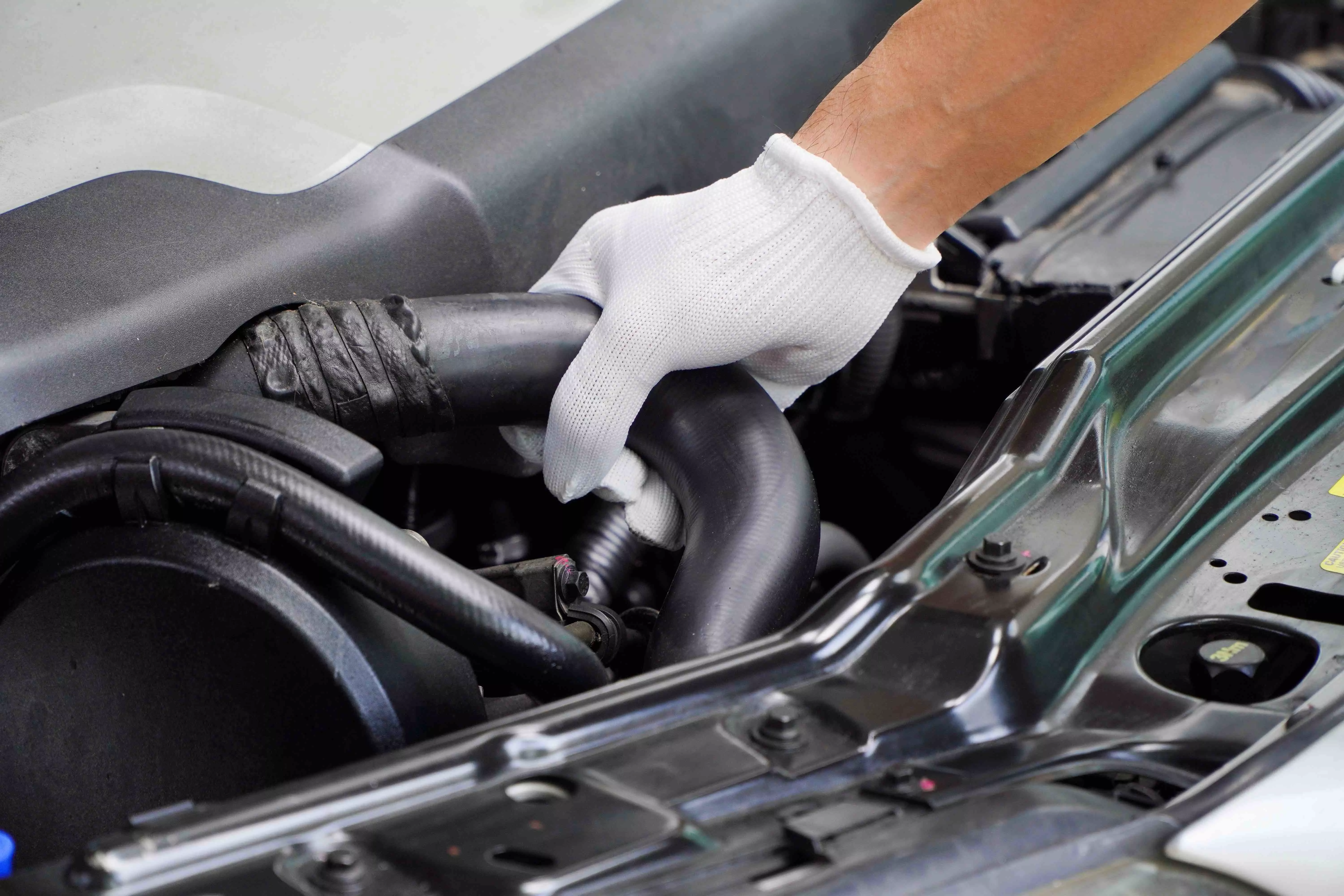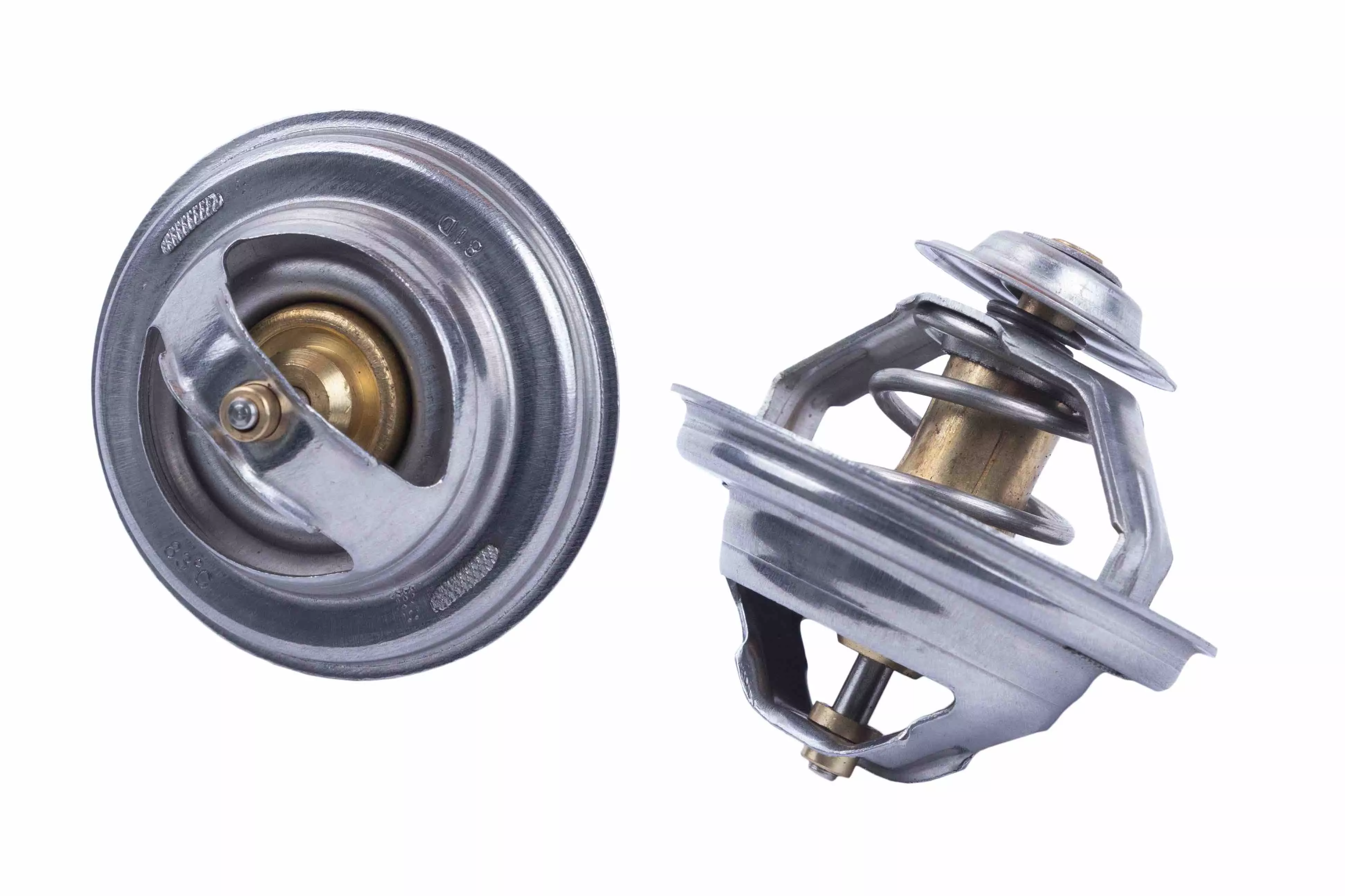
Troubleshoot car heater problems and find a fix fast with this article that takes a look at possible causes and solutions.
How a car heater works
A heater in a car with a combustion engine relies on the coolant system, which is made up of a network of hoses that carry coolant around the engine. The coolant is forced through the hoses by a water pump and the engine is cooled by the water passing through channels within the engine block and cylinder head.
This heated water then flows through a radiator which transfers that heat to the atmosphere.
Check out the Automotive Heating and Air Conditioning Haynes Online Techbook
A cold engine is inefficient, so it is fitted with a thermostat to get it to warm up quickly. When cold, the flow of coolant is restricted so it only flows around the engine, and won't enter the radiator.
Once up to temperature the thermostat opens and the coolant flows around the whole system. The radiator and thermostat work in conjunction to keep the water at the optimum temperature, which is why, once your car warms up, the temperature gauge should remain relatively static.
If the coolant gets particularly hot, the next line of defence is the radiator fan. This increases the flow of air over the radiator, and so increases its effectiveness.

Why is my car heater not working properly?
There are a few possible reasons why your engine's coolant may not be heating up.
Coolant level
Take a look at the level in the expansion tank, preferably when it's cold. Learn how to check your coolant level here.
The gauge/coolant temperature sensor
Is the gauge actually working? Is it reading correctly? Modern cars have a coolant temperature sensor which informs the temperature gauge. These sensors can fail. Often they will be flagged when you read the OBD fault codes.
Thermostat
A common cause is a faulty thermostat. If it's permanently stuck open then the car could be 'overcooling'. You can remove the thermostat and test it in a pan of hot water, it should open just before it reaches the boiling point – usually around 95 deg C, then close as the water cools. If it's not moving, then replace it! Learn more about replacing your thermostat here.
Air lock
If you've had/have a coolant leak, or have recently changed the coolant, then you may have an air lock, preventing the engine coolant from circulating correctly.
To rectify this set the heater controls in the car to maximum heat, remove the expansion tank cap and fill to the correct level. Now start the engine without replacing the cap and idle for a few minutes. The coolant level may drop as the thermostat opens.
Keep the coolant topped up to the 'MAX' level marked on the side of the expansion tank. Squeeze the radiator hoses to help air pump around the system with the engine running (taking care to avoid any moving parts, in particular the radiator fan, which could come on suddenly without warning). It should 'self bleed'. Once up to temperature replace the cap and test drive.

My car heater blows cold air
If your car heater is only blowing cold air, even when the engine is warm, there are a few potential causes. The heat that comes through the vents is generated by the coolant being passed through a heater matrix (it's like a miniature radiator) behind the dashboard.
The ventilation fans blow air over the matrix and into the car. If it's not blowing hot air check the following:
Coolant/air lock
Is the coolant at the correct level? Low coolant may prevent it from circulating through the heater matrix. Is there an air lock? Follow the bleeding process outlined above, ensuring the heater controls are set to maximum heat.
Heater control valve
When you set the temperature to hot, air being passed over the heater matrix should be ducted into the cabin. If it isn't it could be that the heater control valve is not working and needs to be replaced, or on older cars a physical flap which alters the path of the air could be broken, or disconnected from the controls.

Thermostat
If the thermostat is jammed open, causing the car to overcool, there may not be sufficient temperature in the coolant to provide sufficient hot air. Test, or replace the thermostat, as mentioned above, if you suspect this to be the cause.
Blockage
There are some very thin tubes in the heater matrix and if they become blocked the coolant may circulate as normal around the engine but not reach the matrix. The cure is to flush the system with a hose, or by blowing compressed air through the matrix if you can access it.
The heater matrix is supplied with hot water through two connections at the bulkhead at the rear of the engine compartment. If a blockage is suspected, disconnect the hoses at the bulkhead, and force water from a garden hose or compressed air into one of the matrix pipes. If the blockage can't be cleared, the matrix will need to be replaced. Learn more about the heater matrix here.